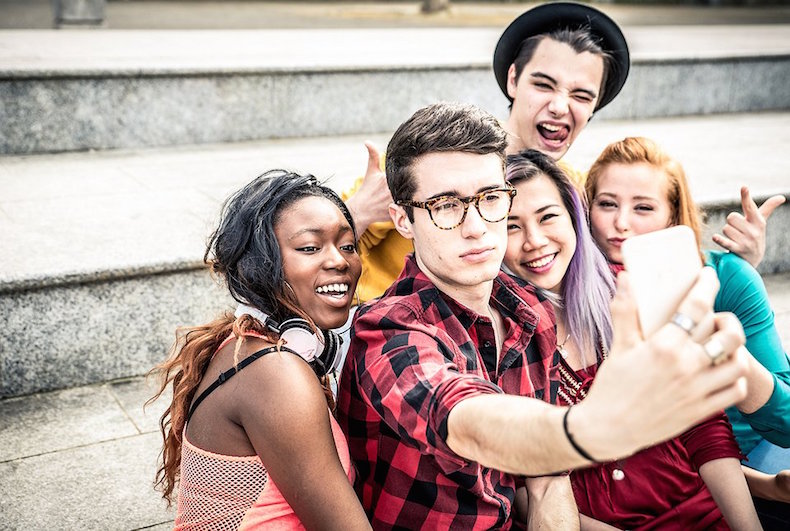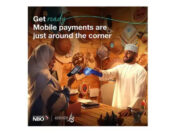 There is a common expectation that Gen Z, the generation born between the mid-1990s and the early 2000s, are just an exaggerated version of millennials. Do a quick search about Gen Z’s behavior and you’ll find definitions such as ‘millennials on steroids’, and descriptions of people who don’t have a sense of digital privacy.
There is a common expectation that Gen Z, the generation born between the mid-1990s and the early 2000s, are just an exaggerated version of millennials. Do a quick search about Gen Z’s behavior and you’ll find definitions such as ‘millennials on steroids’, and descriptions of people who don’t have a sense of digital privacy.
But Kantar Millward Brown’s recent research reveals that not all these stereotypes are true. Gen Z’s media behavior, attitude towards brands, response to advertising, and motivations are truly unique compared to other generations, including millennials. The case is even more apparent in Indonesia, a culturally fragmented market with one of the fastest-growing internet penetrations globally.
How Gen Z Use Media
Gen Z are commonly described as digital natives – inseparable from their mobiles. Based on AdReaction, our annual research into people’s media habits and receptivity to marketing, it’s clear that TV remains an important medium to reach them, as they watch TV for about 1.8 hours daily. But mobile is where they spend most of their screen time. On average, Gen Z spends 3.5 hours accessing the internet on their mobile daily – about 13 percent longer than the average millennial.
While most Indonesian consumers are predominantly on Facebook, Gen Z’s social media tastes are more diverse, with an almost equal proportion accessing Facebook, YouTube, and Instagram daily.
But it’s not just about time spent or where they’re spending those hours. In Project Wayang, a series of conversations with consumers across Indonesia, we heard from different generations about their aspirations, values, and daily lives. We learned that mobile is so integrated into Gen Z’s daily lives that it has become a very personal space. Their phone is an extension of themselves, almost as if it were an extra appendage.
There are two important implications of this sense of personal space:
First, ads need to be mindful to not breach that personal space, or they risk a backlash. On mobile, if an ad interrupts or annoys someone, it is likely to generate negative sentiment. This explains why our research shows that Gen Z regard unskippable or autoplay video ads less favorably than other generations do.
Second, and contrary to popular belief, Gen Z places strong value on digital privacy. Our research shows, for example, that most of them are very careful about what they share online. This is partly because their parents are online and on social media as well – something that the previous generations in Indonesia didn’t experience.
So, how do we engage with Gen Z? What kind of advertising would they be more receptive to? In answering this question, we’ll look at two key aspects: using the right content, in the right format.
The Right Content
The basic rules of great advertising still apply – a captivating story and relevant humor remain the most decisive elements in an ad for Gen Z. But there is more appreciation of visual design as well as good music among Gen Z. In fact, when we asked what made them more likely to pay attention to branded content, visual appeal came out on top.
Oreo’s “Open Up” ad is a great example of how a simple but touching message (open your heart to people that are different to you), packaged in delightfully playful animations with exciting music, is able to climb up to No. 1 on YouTube Indonesia’s ad leaderboard.
Marketers should not only rely on traditional formats though. Gen Z’s attitude is more positive towards content such as tutorial videos and product reviews. A number of make-up brands have gained success by using make-up tutorials, for example. These new types of advertising are less interruptive and offer help and information, which is clearly appreciated by a generation that primarily seeks information online.
Another important distinction is that Gen Z prefers social media celebrities over regular celebrities in branded content. This echoes a fact revealed at the South by Southwest (SXSW) 2016 conference and festival: out of the Top 10 list of influencers Gen Z took note of, nine were social media stars. If the same question were asked in Indonesia, the list would probably follow the same pattern.
The Right Format
Gen Z is characterized by a shorter attention span than their older cousins. When most Indonesian millennials were teens, the main source of daily entertainment was primetime TV cut down by Dunia Dalam Berita, the nightly news broadcast. This is vastly different to the current Gen Z, who have unlimited sources of entertainment at their fingertips. They are used to paying partial attention to multiple types of content before choosing which one to watch. Thus, while millennials and Gen X – the generation a little older than millennials – prefer video ads to be about 11 to 20 seconds long, Gen Z wants them even shorter.
But that doesn’t mean longer videos wouldn’t work. It’s all about purpose. Without question, grabbing Gen Z’s attention early in a video is paramount, if longer videos want a slice of their time. Another strategy that works well is to tease, using shorter videos to pull them into longer content.
In our global study, we learn that Gen Z’s tech savviness enables them to appreciate formats such sponsored filters and lenses, or more complex ones such as augmented reality. While these newer formats aren’t yet common in Indonesia, the global results present a good opportunity for marketers here to become early entrants.
With technology enabling more targeted advertising, marketers have a larger opportunity to create more personalized content for their consumers. Thus, it is more relevant than ever to be mindful of what clicks with Gen Z.




